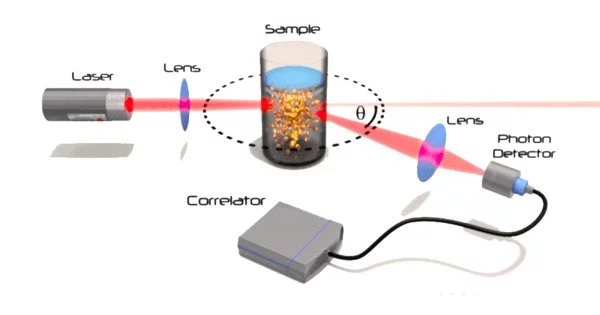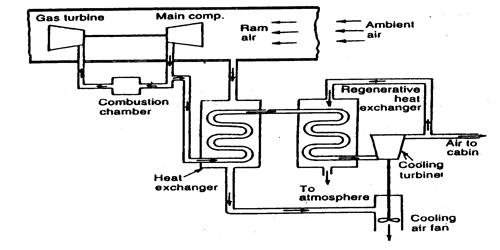Microrheology is a technique used to measure the rheological properties of a medium, such as microviscosity, via the measurement of the trajectory of a flow tracer (a micrometre-sized particle). It is a scientific technique used to measure and study the rheological properties of materials at the microscopic level. It is a new way of doing rheology, traditionally done using a rheometer. Rheology refers to the study of the flow and deformation behavior of materials under applied forces or stresses.
Traditionally, rheology experiments involve macroscopic samples, such as bulk fluids or bulk solids, which are subjected to macroscopic forces. However, many materials exhibit complex rheological behavior that cannot be fully understood by macroscopic measurements alone. Microrheology provides a way to investigate the mechanical properties of materials at smaller length scales.
In microrheology, small probes or particles are introduced into the material of interest. These probes can be colloidal particles, polymers, or even biological cells. The motion of these probes is then tracked and analyzed to extract information about the mechanical properties of the material. The motion of these probes is then tracked and analyzed to extract information about the mechanical properties of the material.
Types
There are two types of microrheology: passive microrheology and active microrheology. Passive microrheology uses inherent thermal energy to move the tracers, whereas active microrheology uses externally applied forces, such as from a magnetic field or an optical tweezer, to do so. Microrheology can be further differentiated into 1- and 2-particle methods.
- Passive microrheology involves tracking the spontaneous thermal motion of the probes suspended in the material. The fluctuations in the probe’s position or velocity provide information about the viscoelastic properties of the material.
- Active microrheology, on the other hand, involves applying controlled forces or motions to the probes and measuring the response of the material. This approach allows for more controlled measurements and can provide additional information about the material’s response under different conditions.
Application
Microrheology has applications in various fields, including soft matter physics, biophysics, and materials science. It can be used to study the mechanical properties of complex fluids, such as polymer solutions, gels, and emulsions. In biological systems, microrheology has been used to investigate the mechanical properties of cells, tissues, and extracellular matrices.
Overall, microrheology offers a valuable tool to study the rheological behavior of materials at the microscopic level, providing insights into their structure, dynamics, and mechanical properties.
















